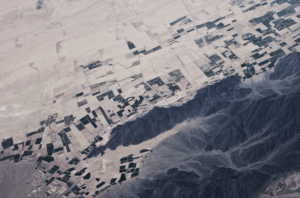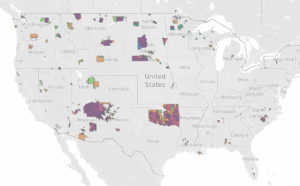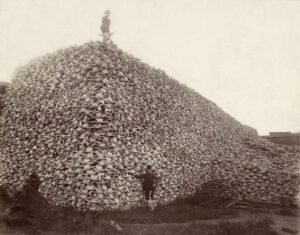According to the most recent 2017 data from the USDA Census of Agriculture for American Indian Reservations 86.33% of harvested cropland on American Indian Reservations is operated by non-natives. In total, this amounts to 3.3 million acres of land operated by non-natives compared to only 532 thousand acres operated by Native Americans (see chart below).
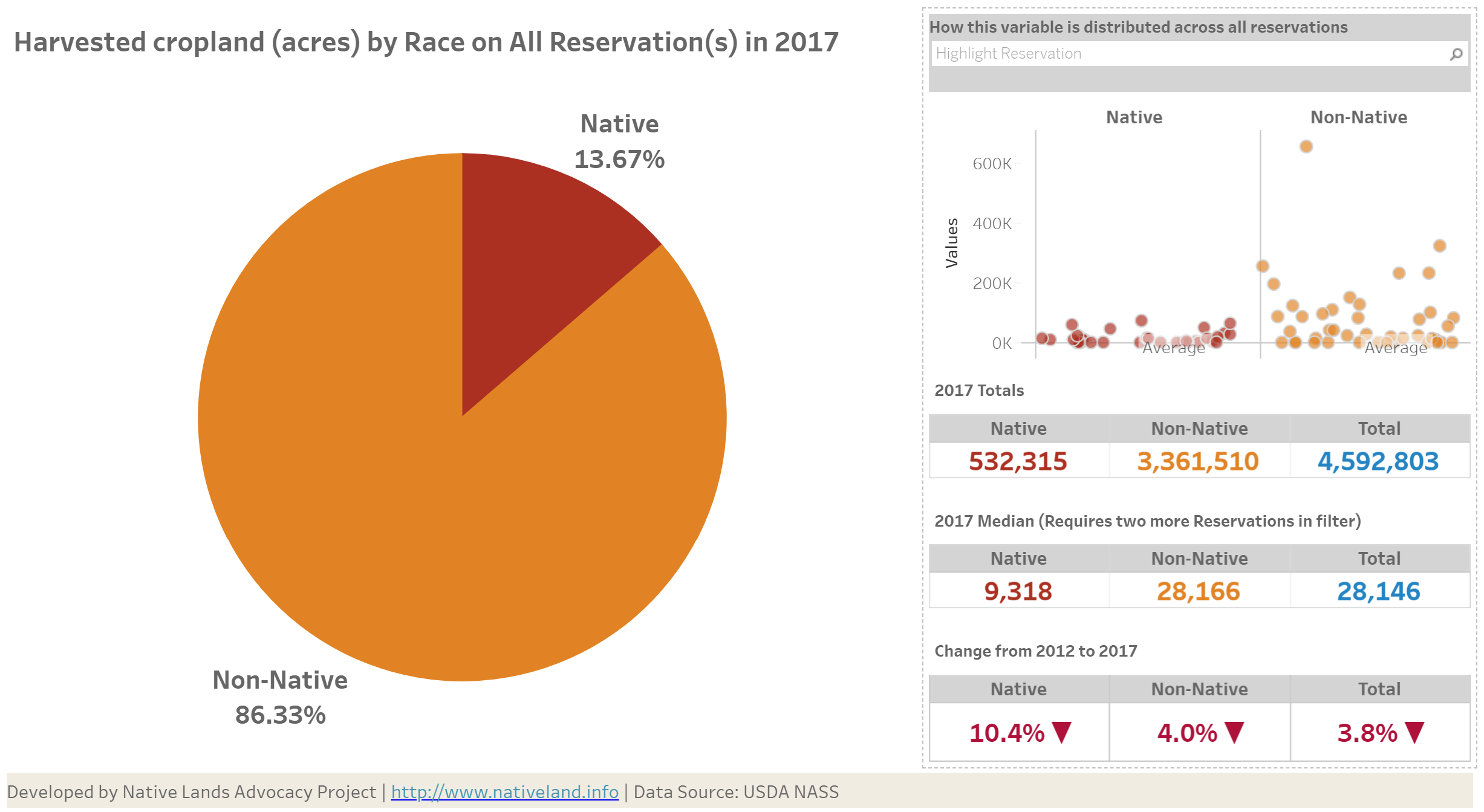
This disparity in access to croplands is most likely the reason why, according to the same data, non-natives capture 87.11% of the market value of agricultural products sold on Native American Reservations (below). Since the last time this data was collected in 2012, market value captured by non-natives has increased 21% where the during the same period it only increase .8% for Natives.
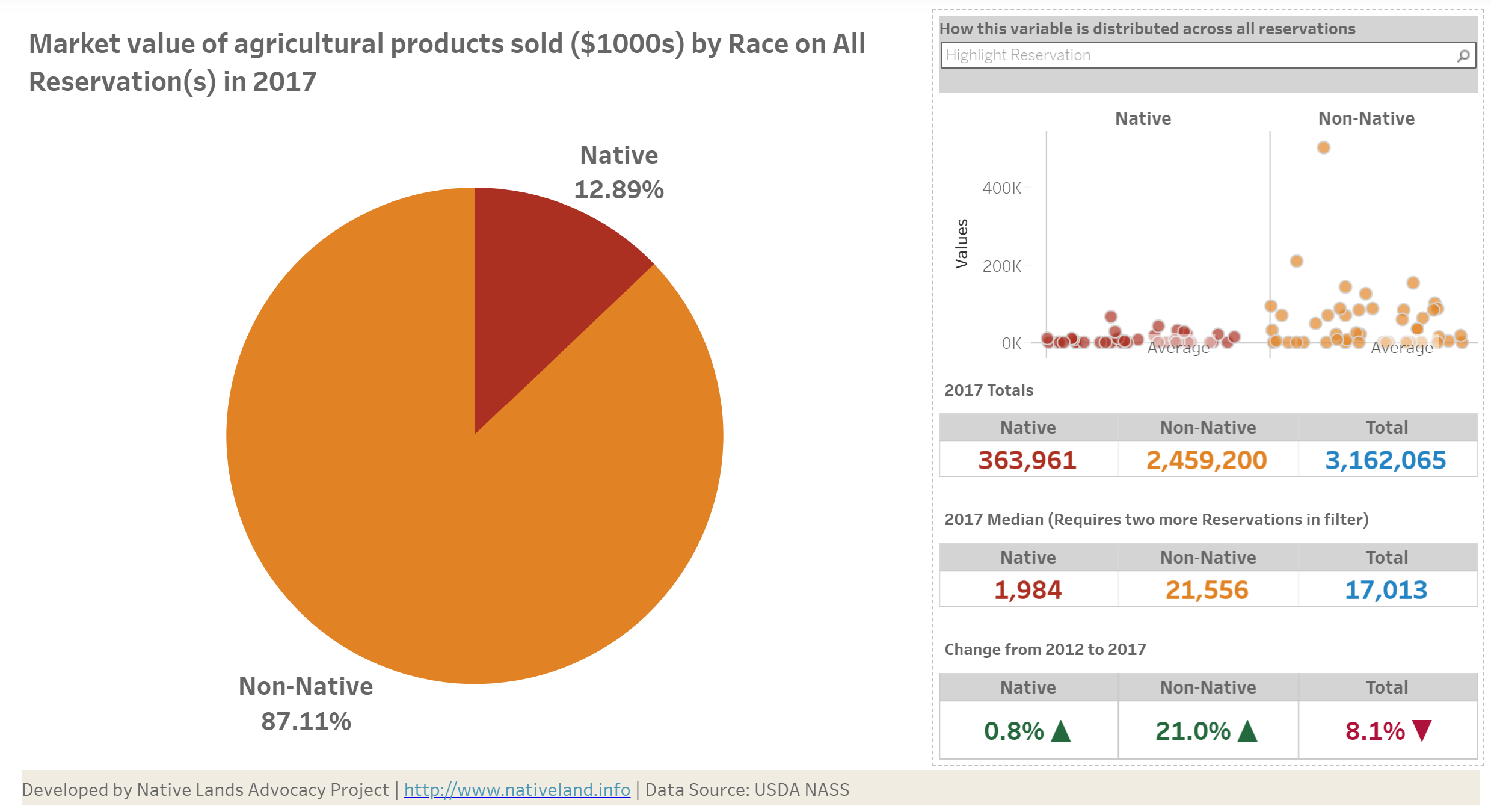
This disparity is the product of over a century of US Government policies that placed greater emphasis on liquidating and/or leasing lands within Native American Reservations to non-natives while making it harder and harder for Native Americans to utilize their own lands. It also demonstrates the Government has a long way to go to live up to its moral and fiduciary responsibility as trustee of native lands to manage those lands for the benefit of native peoples.

